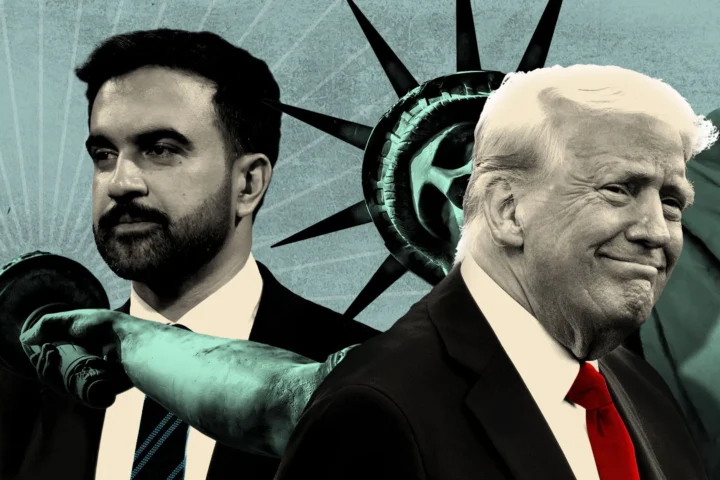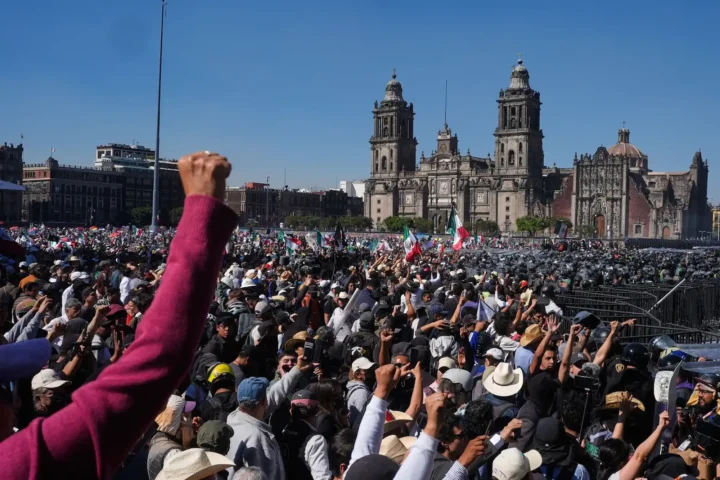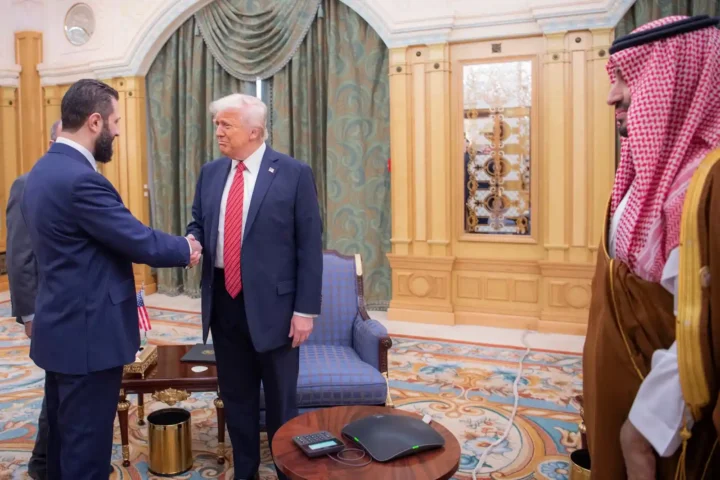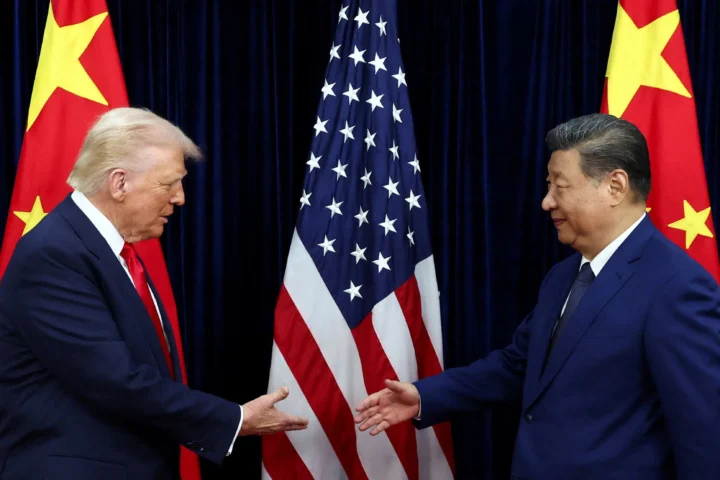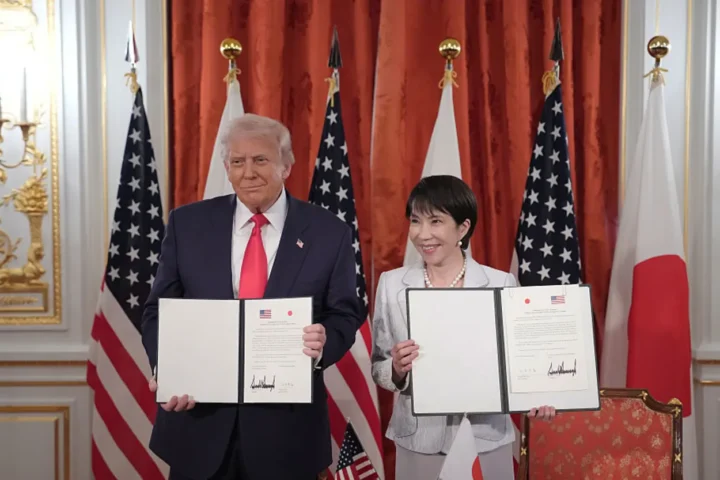In the shifting chessboard of 21st-century geopolitics, the Indo-Pacific has emerged as the decisive arena for global power. For the United States, containing Beijing’s ambitions requires more than naval patrols and economic sanctions; it demands a partner with scale, proximity, and political legitimacy. Among all contenders, India stands alone.
This is not a sentimental assessment or an exercise in flattery. It is a sober calculation. India’s geography, economy, and demographic trajectory position it as the only realistic counterbalance to Chinese dominance in Asia. Yet the U.S.-India partnership, though promising, is far from frictionless; trade disputes, policy mismatches, and divergent strategic instincts threaten to undermine its potential.
Geography, Guns, and a Seat at the Indo-Pacific Table
India is uniquely situated to challenge Beijing’s reach. It shares a 2,100-mile land border with China, much of it contested, and sits astride the Indian Ocean—through which a significant share of global trade, including China’s energy imports, must pass. Unlike treaty allies such as Japan or Australia, India can influence both continental and maritime theaters in any strategic equation.
A growing military machine underpins this advantage. In its 2025–26 budget, India allocated roughly $93 billion to defense, marking a decade of steady increases. Its forces include over 1.4 million active personnel, domestically developed fighter aircraft, and an indigenous warship program. Defense exports now reach over 100 countries, signaling industrial growth and a shift toward self-reliance.
Still, the gap with China is stark. Beijing’s defense spending is three to four times larger, and its naval and missile capabilities are unmatched in the region. U.S.-India defense cooperation, through intelligence sharing, technology transfers, and large-scale joint exercises, serves as a force multiplier, but it is no substitute for India’s own modernization drive. Washington must remember: New Delhi seeks partnership, not patronage.
Economics as Strategy: Why Growth Matters in Containing China
India’s economic rise is not merely a domestic success story; it is a geopolitical asset. A stronger Indian economy broadens New Delhi’s ability to fund military upgrades, withstand Chinese coercion, and present itself as a viable alternative hub for trade and investment.
Former U.S. ambassador to the U.N. Nikki Haley has been vocal about this point, warning that undermining decades of U.S.-India economic cooperation is a “strategic disaster.” She singles out recent tariff disputes, such as the Trump administration’s steep import duties, as self-inflicted wounds that risk driving India toward China and Russia.
The reality is that both nations need each other. For Washington, India is the only partner in Asia with the scale and democratic credentials to credibly balance China. For New Delhi, U.S. capital, technology, and market access accelerate its growth and help diversify away from Chinese supply chains. Disagreements over trade policy must be seen in the context of this larger, strategic necessity.
The Manufacturing Pivot: Re-Wiring Supply Chains
The COVID-19 pandemic and Beijing’s increasingly coercive trade practices have driven a global push to “de-risk” supply chains. India has emerged as a key beneficiary of this shift, particularly in sectors critical to U.S. economic security.
- Textiles: Already the world’s second-largest exporter after China, India commands a $40 billion textile industry employing over 45 million workers. Western retailers seeking to avoid Chinese factories are turning to Indian mills.
- Electronics: Apple’s decision to ramp up iPhone production in India is part of a broader trend. By 2026, India aims to assemble a quarter of all iPhones globally, supported by $140 billion in domestic electronics output in 2024–25.
- Solar Panels & Renewables: With plans to add 40 GW of solar capacity in 2025, India is positioning itself as a non-Chinese source for clean energy hardware.
Government incentives such as Production Linked Incentive (PLI) schemes have attracted investment, but bottlenecks remain. India still imports critical intermediate goods from China, and its infrastructure and regulatory systems lag behind some Southeast Asian rivals. The true test will be whether India can scale production and innovation at “China speed” without importing its vulnerabilities.
Demographics: The Long Game
India’s most enduring advantage over China may be its people. With a median age of just 29 and a 2025 population estimated at 1.44 billion, India’s labor force is both youthful and expanding. China, by contrast, is aging rapidly, with shrinking workforce numbers and rising labor costs.
The economic implications are profound. India’s GDP grew by 7.4% in 2024, nearly double China’s 3.8%, making it the fastest-growing major economy. Forecasts suggest it will surpass Japan to become the world’s third-largest economy by nominal GDP within a few years.
This growth translates into geopolitical clout. India is increasingly assertive in multilateral forums, from the Quad (with the U.S., Japan, and Australia) to the Indo-Pacific Economic Framework, and in “Global South” groupings that give it influence beyond Asia.
The Limits of the “Counterweight” Narrative
It is tempting, in Washington policy circles, to view India solely as a bulwark against China. But this framing oversimplifies and risks misreading New Delhi’s strategic culture.
India’s economy still relies on China for crucial imports, from electronics components to pharmaceutical precursors. Any aggressive decoupling would impose real costs. Additionally, New Delhi’s participation in China- and Russia-friendly blocs like the Shanghai Cooperation Organisation and BRICS reflects a hedging instinct: India seeks to be an independent pole in a multipolar world, not an adjunct to U.S. strategy.
Recent U.S. trade actions, such as the planned 50% tariff on Indian goods effective August 26, 2025, illustrate the fragility of the partnership. In response, India has explored incremental rapprochement with Beijing, even while deepening military cooperation with Washington. This balancing act is deliberate.
Nikki Haley’s Warning: Don’t Undercut a 25-Year Investment
Among U.S. political figures, Nikki Haley has been one of the clearest voices advocating for a consistent, mutually respectful U.S.-India policy. She frames India as “the only prized free and democratic partner” with the capacity to shape China’s strategic calculus.
Her arguments are blunt: Scuttling a quarter-century of progress would embolden Beijing, weaken U.S. supply chain resilience, and waste the one chance at building a credible Asian counterweight. She also criticizes what she calls double standards, penalizing India for importing Russian oil while avoiding similar sanctions on China for the same behavior.
Her emphasis on manufacturing is particularly relevant to U.S. economic security. “India stands alone in its potential to manufacture at China-like scale,” she argues, for goods such as textiles, affordable electronics, and solar panels—items that are difficult or costly to bring back to U.S. factories.
Containment, Competition, and Coexistence
The U.S.-India relationship is neither an alliance nor a casual partnership; it is a strategic experiment in balancing shared goals with divergent instincts. For Washington, India is indispensable in shaping an open Indo-Pacific order. For New Delhi, the U.S. is a key enabler, but not the sole pillar, of its rise.
This makes the relationship inherently complex. Overdependence on U.S. markets or Chinese imports carries risks for India. For America, treating India as a proxy risks alienating a partner that values autonomy above all else.
The challenge is to cultivate a partnership resilient enough to survive disputes over trade, technology, or third-party relations. As Haley and other strategists warn, alienating India now would be a catastrophic misstep, one that could tilt the balance of power in China’s favor for decades.


